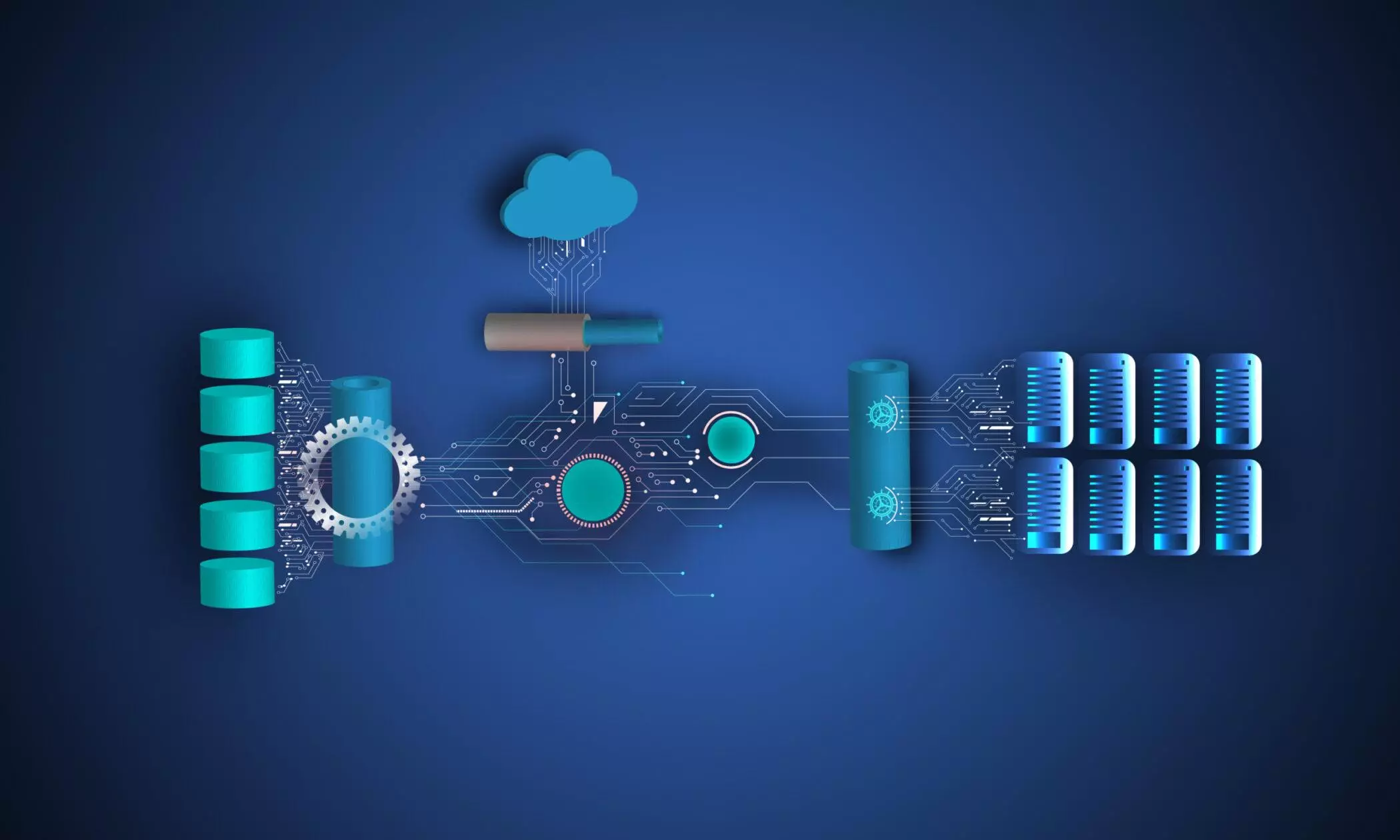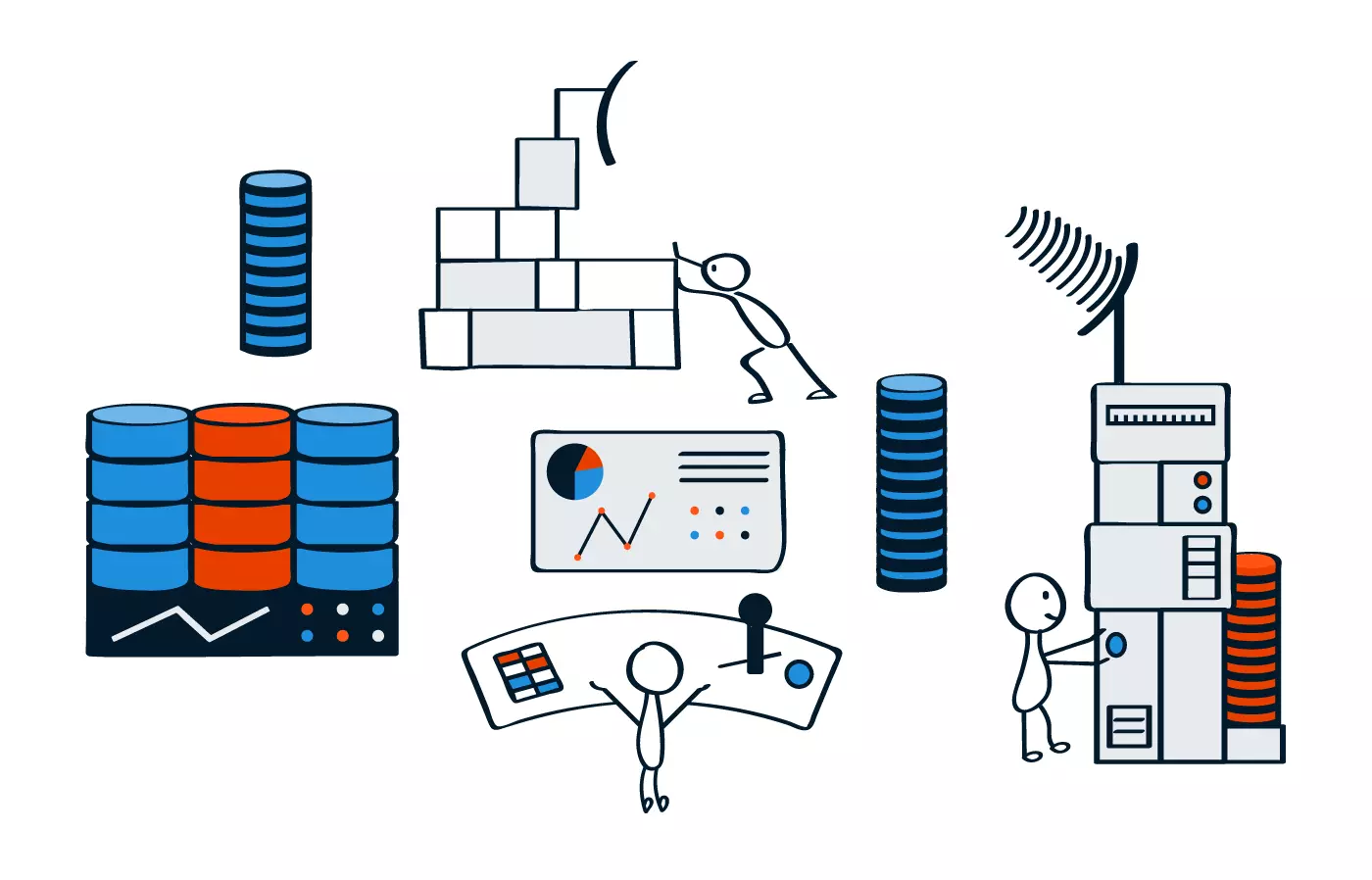
The term microservice has been gaining attention in the software development world for the past few years. But what exactly are microservices, who should use them, why should you use them, and how can you use them effectively? In this article, we will answer these questions and examine the advantages and disadvantages of microservices.
Microservices are a way of designing software services as a collection of small, independent services that work together to accomplish a larger goal. Each microservice is responsible for a specific function or task in the application and communicates with other services through defined APIs.
Instead of building an integrated service where everything is tightly connected, microservices are designed to be modular and can be developed and deployed independently. This leads to a more flexible and agile development process, as services can be changed without affecting the entire application.
To better understand the difference between microservices and integrated systems, read microservices or monolithic article.

There are several compelling reasons to use microservices:
1. Scalability: Microservices allow scalability well. In the microservice architecture, it is possible to increase the processing power of a part of the system based on its traffic. In this way, if one of our services is used more than other parts, the hardware resources of that part can be increased.
2. Resilience: by dividing the program into smaller services, if a problem occurs in another part, the performance of the whole system will not be disturbed. This means that even if some services fail, the application can continue to work.
3. Flexibility: Microservices allow for modular development, which makes it easier to add new features or make changes to services without affecting the entire application. It is also possible to completely implement a service with a new language and different technology and replace it with the old service.
4. Faster development: With microservices, development teams can work independently on individual services, which speeds up the development process and creates a simpler view for the developer.
Microservices are ideal for large and complex needs that require a high level of scalability and flexibility. They are particularly suitable for applications that have a large number of users and are geographically distributed.
Organizations that value agility and the ability to quickly respond to changing business needs can respond to these needs by using microservices. However, microservices may not be the best choice for small and simple applications. Adding complexity and increasing development and infrastructure costs are the reasons to avoid using microservices in small programs.

When using microservices, considering some common points will increase the quality of the system. These points include:
1. System design considering the critical situation: Since each service is independent, it is important to consider the critical situation. So that if one of the services is not able to respond, the overall performance of the system will not be disturbed.
2. Using Containers: Containers like Docker are a great way to prepare and deploy microservices. They provide a consistent, isolated runtime environment that makes it easy to deploy and customize each service.
3. Using API Gateway: To create a layer between the end user and services, an intermediate layer called API Gateway is used. This layer provides a centralized control point for security, monitoring and routing. Also, by using this layer, access to microservices from outside the network can be restricted, which will increase the security of the system.
4. Asynchronous Messaging: Asynchronous messaging enables more efficient use of resources, improves system responsiveness, and enables the management of large amounts of data. Also, if the service is unavailable for a while, the messages will remain in the waiting queue until the service is able to respond.
5. Monitoring services: Since microservices work independently, it is important to monitor and test services regularly to ensure that they are all working properly.
Advantages:
Disadvantages:
When implementing microservices, you must remember that they are not a solution to all software development challenges. Microservices require careful planning, design and implementation to be effective. But when implemented correctly, they can provide significant benefits and cover the needs in the best possible way.

I am Reza Babakhani, a software developer. Here I write my experiences, opinions and suggestions about technology. I hope that what I write is useful for you.
leave a comment